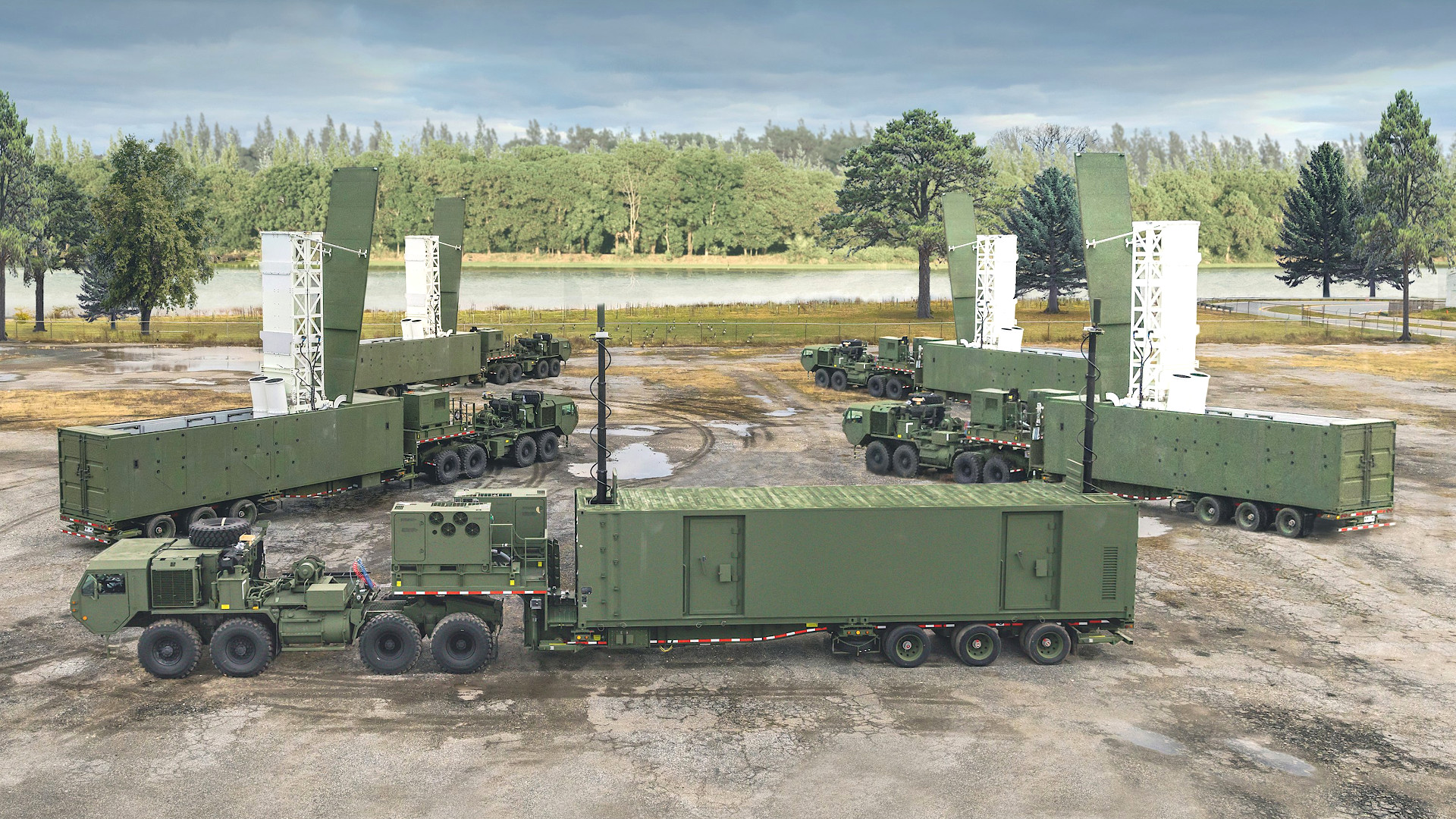China's Fury: The US Missile System Causing Controversy

Table of Contents
The THAAD System: A Closer Look
The Terminal High Altitude Area Defense (THAAD) system is a US-developed mobile, land-based anti-ballistic missile defense system designed to intercept short, medium, and intermediate-range ballistic missiles during their terminal phase of flight. Its primary purpose is to protect against ballistic missile attacks, offering a crucial layer of defense for US allies in the region.
- Technological Specifications: THAAD utilizes an advanced radar system with a long detection range, capable of tracking and identifying multiple ballistic missile threats simultaneously. Its interceptor missile, equipped with a hit-to-kill warhead, directly impacts the incoming warhead to neutralize it, eliminating the need for a nuclear warhead in the interceptor itself.
- Deployment Locations: THAAD batteries are strategically deployed in South Korea, a key location given its proximity to North Korea. The presence of the system in this area is a point of major contention with China.
- Role in US Regional Defense Strategy: The THAAD system is an integral component of the US's layered missile defense architecture in the Asia-Pacific region. It contributes significantly to the overall defense strategy aimed at deterring ballistic missile threats, specifically from North Korea. This system is seen by the US as a crucial element in maintaining regional security.
China's Perspective: Security Concerns and National Interests
China vehemently opposes the deployment of the THAAD system, citing significant security concerns and violations of its national interests. The system's presence is viewed as a direct threat, destabilizing the regional balance of power.
- Compromised National Security: China argues that the THAAD system's powerful radar, with its extensive range, poses a threat to its own national security. The system's ability to detect and track Chinese missile launches raises concerns about its potential to compromise China's strategic deterrent capabilities.
- Intelligence Gathering Concerns: Beijing expresses concerns about the potential for the THAAD system's advanced radar to collect sensitive intelligence on China's military activities. This alleged intelligence-gathering capability fuels mistrust and exacerbates the already tense relationship between the US and China.
- Economic and Diplomatic Retaliation: China has responded to the THAAD deployment with various economic and diplomatic measures, including imposing restrictions on South Korean businesses and limiting cultural exchanges. These retaliatory actions highlight the seriousness of China's objections and its willingness to exert pressure to address its concerns.
The Geopolitical Implications: A Shifting Power Dynamic in Asia
The deployment of the US missile system in Asia has profound geopolitical implications, significantly impacting the power dynamics in the region and the relationship between major players.
- Impact on US-China Relations: The THAAD controversy has further strained the already complicated relationship between the US and China, adding another layer of complexity to their multifaceted interactions. The lack of trust and open communication continue to fuel the tensions.
- Effects on Other Regional Players: South Korea, while benefiting from the added protection afforded by THAAD, finds itself caught in the middle of the escalating tensions between the US and China. Japan, another key player in the region, also faces pressure and navigates its own relationship with both countries.
- Potential Risks of Escalation and Military Conflict: The ongoing tension and lack of constructive dialogue carry the risk of accidental escalation or miscalculation, potentially leading to heightened regional instability and even armed conflict. The need for de-escalation through diplomatic means is paramount.
Alternative Solutions and Pathways to De-escalation
Easing tensions surrounding the US missile system in Asia requires a multifaceted approach that emphasizes dialogue, diplomacy, and alternative security measures.
- Dialogue and Diplomatic Initiatives: Open communication channels between the US and China, potentially facilitated by other regional powers or international organizations, are essential to addressing mutual concerns and finding common ground.
- Role of International Organizations: The involvement of international bodies such as the United Nations can contribute to mediating the dispute and promoting a peaceful resolution. Their neutrality and expertise can help foster trust-building measures.
- Alternative Security Measures and Arms Control Agreements: Exploring alternative security approaches, such as confidence-building measures, transparency initiatives, and arms control agreements, can help mitigate the risks of an arms race and promote stability in the region.
Conclusion
The deployment of the US missile system in Asia, specifically the THAAD system, has undeniably created a volatile situation, causing significant anger and concern in China. This controversy underscores the complex interplay of national security interests, technological capabilities, and geopolitical dynamics in the region. Understanding the perspectives of all involved parties, and exploring avenues for de-escalation, are crucial for maintaining regional stability and avoiding further escalation. Further investigation and discussion surrounding the US missile system in Asia are essential to navigate this tense situation and find pathways toward peaceful resolutions. We must continue to monitor the developments surrounding this US missile system in Asia and its impact on global security. Open dialogue and a commitment to finding diplomatic solutions are critical to defusing this potentially explosive situation.

Featured Posts
-
 Todays Nyt Mini Crossword April 13th Solutions
May 20, 2025
Todays Nyt Mini Crossword April 13th Solutions
May 20, 2025 -
 Meta Monopoly Trial A Look At The Ftcs Defense
May 20, 2025
Meta Monopoly Trial A Look At The Ftcs Defense
May 20, 2025 -
 Economic Hardship In College Towns The Impact Of Shrinking Student Populations
May 20, 2025
Economic Hardship In College Towns The Impact Of Shrinking Student Populations
May 20, 2025 -
 Ri Former Us Attorney Zachary Cunha Joins Private Practice
May 20, 2025
Ri Former Us Attorney Zachary Cunha Joins Private Practice
May 20, 2025 -
 Complete Answers For The Nyt Mini Crossword March 31
May 20, 2025
Complete Answers For The Nyt Mini Crossword March 31
May 20, 2025
